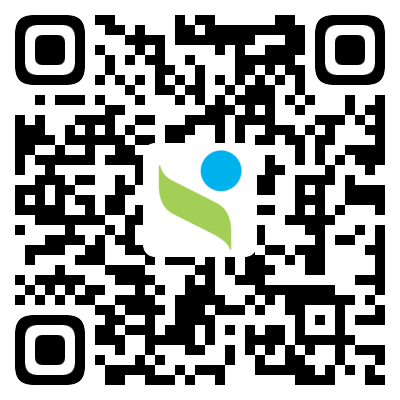Maximum Levels for Contaminants: Regulation (EU) 2024/1756
Regulation (EU) 2024/1756, amending and correcting Regulation (EU) 2023/915 on maximum levels for specific contaminants in food, was published on June 26. This new regulation introduces several significant changes to enhance food safety standards across the EU.
Key Changes
Deletion of References to Regulation (EC) 401/2006
The reference to Regulation (EC) 401/2006 concerning the sampling and analysis of tropane alkaloids and ergot sclerotia has been removed. This change follows the publication of precise rules in Implementing Regulations (EU) 2023/2782 and 2783.
Adjustments for T-2 and HT-2 Toxins in Bakery Products
The content requirement for oat milling in bakery products with high oat content has been lowered to better set maximum levels for T-2 and HT-2 toxins.
Hydrocyanic Acid Content in Linseed
It has been clarified that linseed’s maximum hydrocyanic acid content applies independently of the seed processing phase.
Rewording of Product Titles
Certain products’ titles concerning the setting of maximum levels for ochratoxin A, zearalenone, deoxynivalenol, fumonisins, hydrocyanic acid, dioxins, and PCBs have been reworded for clarity.
Exemption Definitions for Rice-Based Products
Specific rice-based products exempt from certain provisions have been clearly defined.
Distinction Between Powder and Liquid Form Products
A distinction has been made between products marketed to infants and young children in powder form and those in liquid form regarding maximum PAH levels.
Dehulling Process Clarification
It has been clarified that the dehulling process is considered part of the cleaning process and not as a first transformation.
Implementation Date
This regulation shall apply from July 16, 2024.



